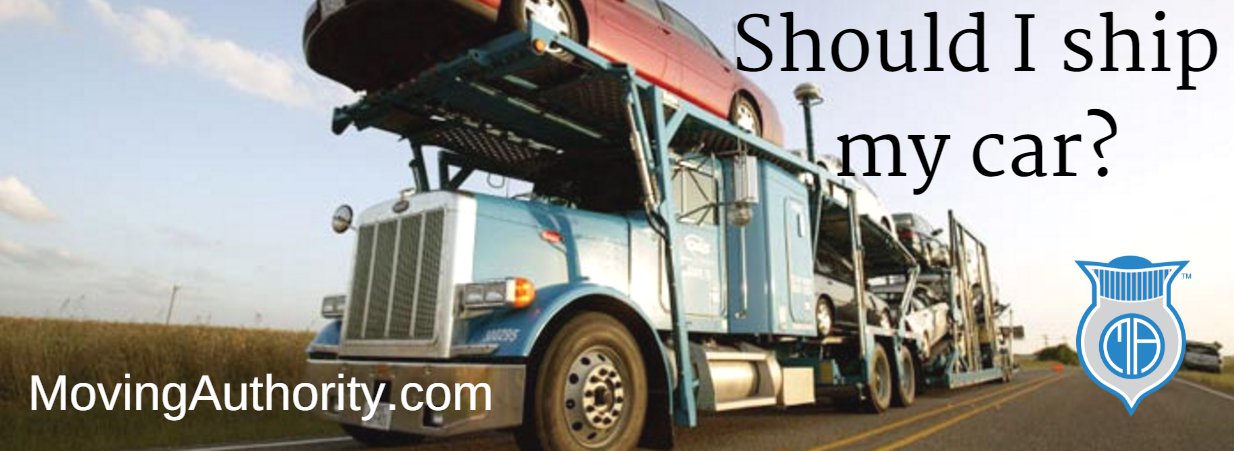Residential Moves

Eye-Opening Residential Moving
- Looking for a Professional Moving Company?
- Organize Your Move
- What Services are Offered?
- Floor Plans Will Help Movers Help You
- Frequently Asked Questions & Answers
- Do I Need to Pack Everything Myself?
- Will I Need to Provide Food for the Movers?
- What if I Need to Send My Car Across the Country?
- Should I Follow the Truck?
1. Looking for a Professional Moving Company?
If you are going to move
from one home to another, it is best to use a company that does residential moves. Why? It will take the stress and hassle out of the relocation process. These movers will help in keeping stress down during your
local or
long distance move.

Most professional moving companies have the experience, resources, and expertise necessary to help keep moving stress down. These relocation companies have a wide range of options when it comes to moving and there are a few things that you should
expect from moving companies before signing any forms. The best companies create cost effective plans to provide great services. These companies also know how to
stay on budget.
2. Organize Your Move
Moving stuff from a residential home will take organization and planning. This is important if you want to have an easy transition into your new home. You can give household moving companies complete control over your moving efforts, but that shouldn’t be the case. You should be as much involved as possible in the initial phase of the moving process. You should be at the forefront in the planning and organizing phase. However, it is just as important for you to know what is going on throughout the entire process. You are going to have to decide what levels of contribution or part you will play. This is going to take teamwork and lots of communication between the carrier (movers) and shipper (customer moving). If you do not let the moving company know exactly what you want OR you forget to tell them something during the planning process, a move might
surprise you with
additional fees, put things in
storage vaults, or unknowingly damage something you didn't communicate to them that it needed special attention. If any of the above happens to you, you read about what you should do when your
price has increased.
3. What Services are Offered?
The moving company of your choice does have certain necessary tasks to finish that will not require your involvement, such as the following:
Some residential moving companies also offer
packing services. Usually, there is an extra fee that you have to pay, but it is affordable. You can purchase boxes, tape, and other
moving supplies through the carrier.
4. Floor Plans Will Help Movers Help You
You can provide the mover with a floor plan, which the mover can use to place furniture safely where you want it. They are trained and skilled to handle your move professionally. They can use various strategies to customize your move to suit your personal needs. Your responsibility is to provide the date of the move, the new and old location, and how much stuff you are moving. You should book your move early as they are more likely to have the exact date you would like everything delivered. Although, if not they will give you a moving window delivery time. Once the moving company has these pieces of information, you can relax and let them do their job.
5. Frequently Asked Questions & Answers:
When you are moving, whether across the city or across the country hiring residential movers is really the best option to make your move go smoothly. Below are a few common questions that many customers ask movers, so here are the answers to inform you about your upcoming move.
- Do I need to pack everything myself?
- Will I need to provide food for the movers?
- What if I need to send my car across the country?
- Should I follow the truck in my own vehicle?
1. Do I Need to Pack Everything Myself?
It depends. Most people, for price reasons, opt to pack their own boxes. You can even find
free moving boxes, or purchase
packing material from a store or often times directly from the moving company. However, for a higher fee, most moving companies will also
pack the boxes for you. It tends to be quite a big price difference but only you know your budget and your moving needs. The movers will always wrap and cover your
large items so when packing your own boxes only worry about clothing, books, cups and other non-furniture sized items.
2. Will I Need to Provide Food for the Movers?
This is up to you. If you want to provide pizza or something like that for the movers it would be appreciated as they spend all day moving and lifting heavy items. Providing water or soda again is up to your discretion. If you live somewhere particularly hot, water would be a good idea. The movers will appreciate you if you provide food and beverages but will not expect or assume it will be provided.
3. What If I Need to Send My Car Across the Country?
No problem. There are many companies that provide
car moving service. Some moving companies may do residential moves as well as car services all under one roof. However, depending on where you live and what you can find you may have to hire a company that specializes in car moves. Most of the time you will have to hire a specialized service. They will be able to provide you with the best possible option due to the fact that they transport the cards on a
specialized truck. There is always a way to make it work, even if you're traveling
cross country you don't have to stress.
4. Should I Follow the Truck?
With a same day move, when you are moving houses within the same city you can follow the truck. Make sure that you arrive either before or the same time as the movers to let them in so they can unload your items and get them into your home.
If you are doing a
long haul or long distance move then do not follow the truck. Often times your items may need to be put into storage either before they leave your original location or afterward. This depends on when the truck is leaving with your items and the dates they are needed by. Most of the time, unless you pay for a premium service, the truck with your items have other homes items in them as well that they drop off along the way. This is why most moving companies give you a
window of time rather than the exact date when the items will be arriving, as we mentioned earlier.
Premium services again are available where only your items are on a truck and delivered to your long distance location but you will pay a much higher cost for this premium service such as a
full-service moving company. If this is something that you still want, you can ask your moving company about their pricing policy.
6. Conclusion
Whether you are relocating down the street or in another city, it can be very difficult. You will probably need help, and the good thing is, there is plenty of help available. So, rest assured knowing that you have an experienced and knowledgeable moving company on your side. This is good, especially if you need to move a Grandfather clock. Never try to execute a move on your own. You won’t be able to handle all the nuances associated with relocation. It doesn’t matter how many times you have moved in the past. Each move is different. Call a company today that specializes in residential moves. You won't regret it.



Comments
Rosemary K
Feb. 23, 2022, 12:38 a.m.
Good Day, Is a moving company allowed to charge more if we change our dates to an earlier date? Regards
Add Comment